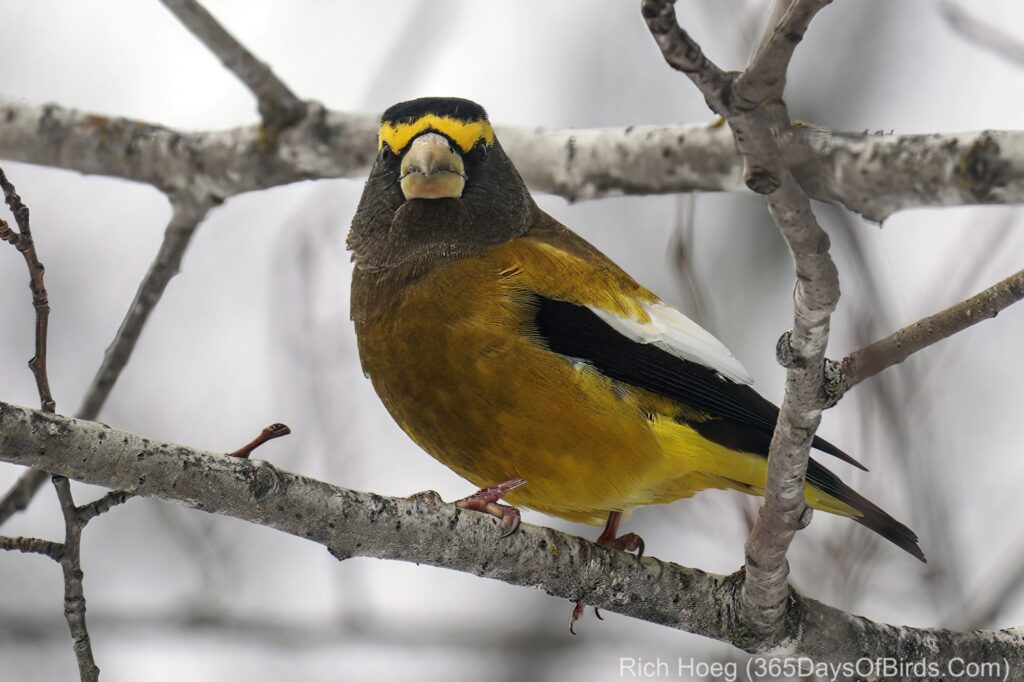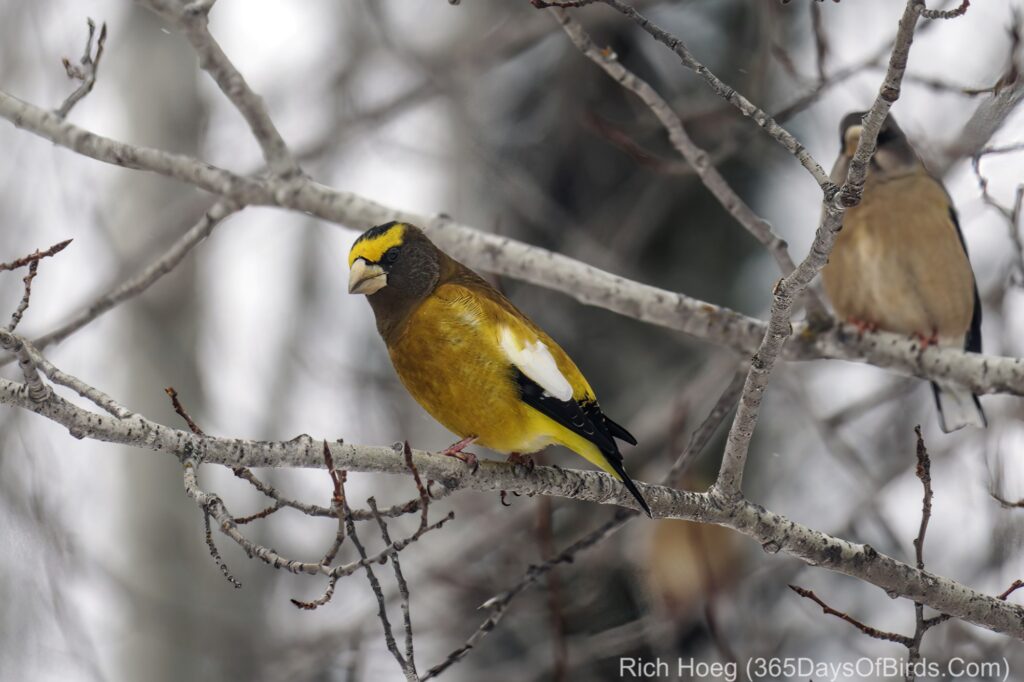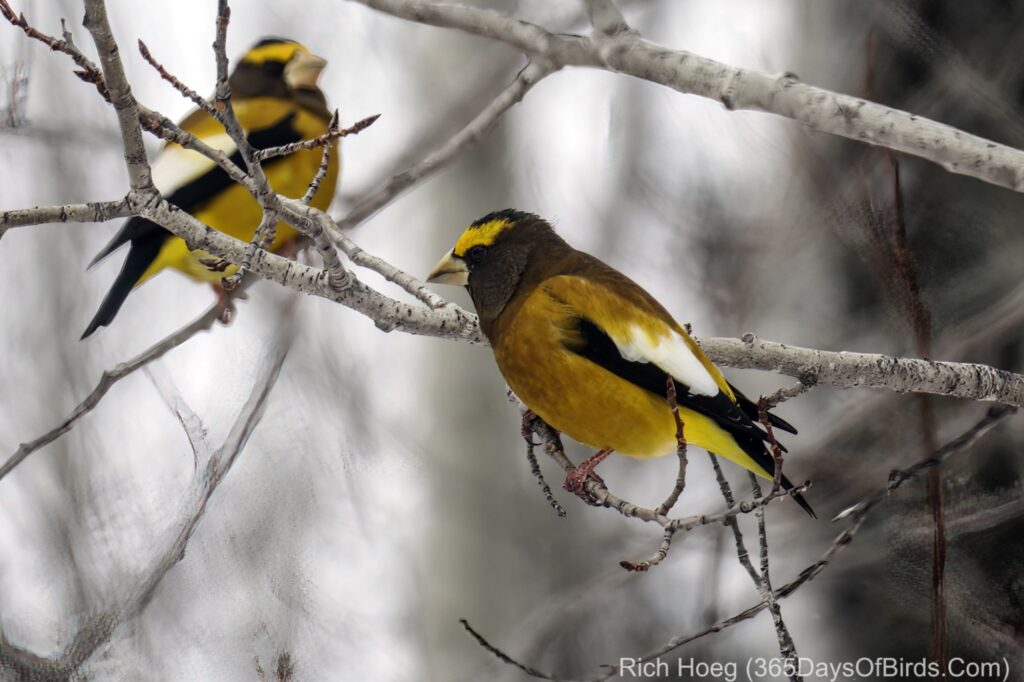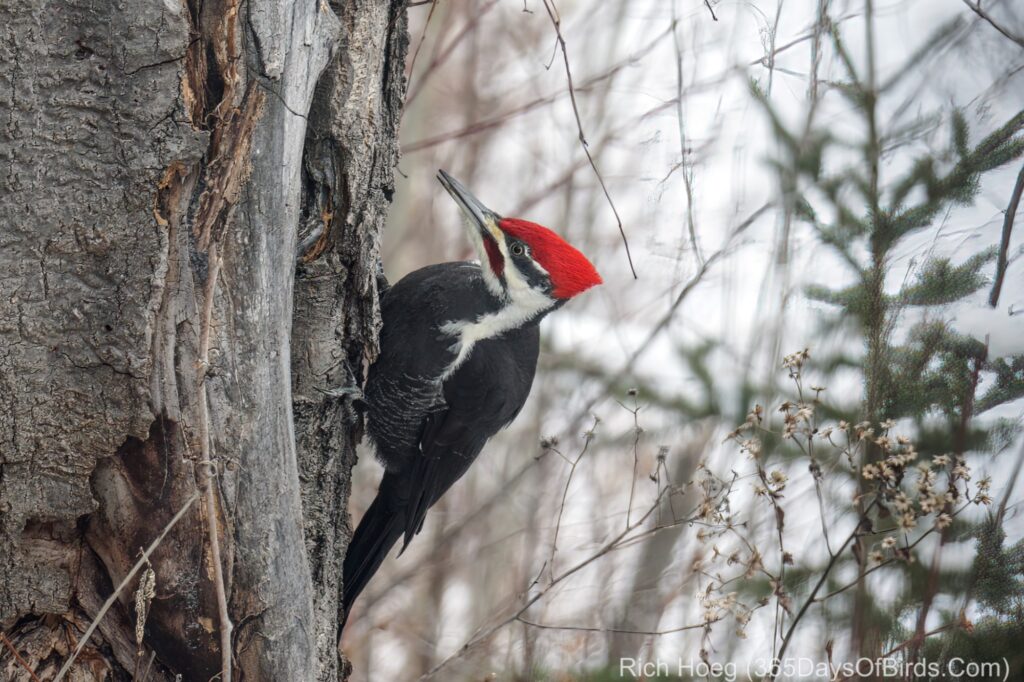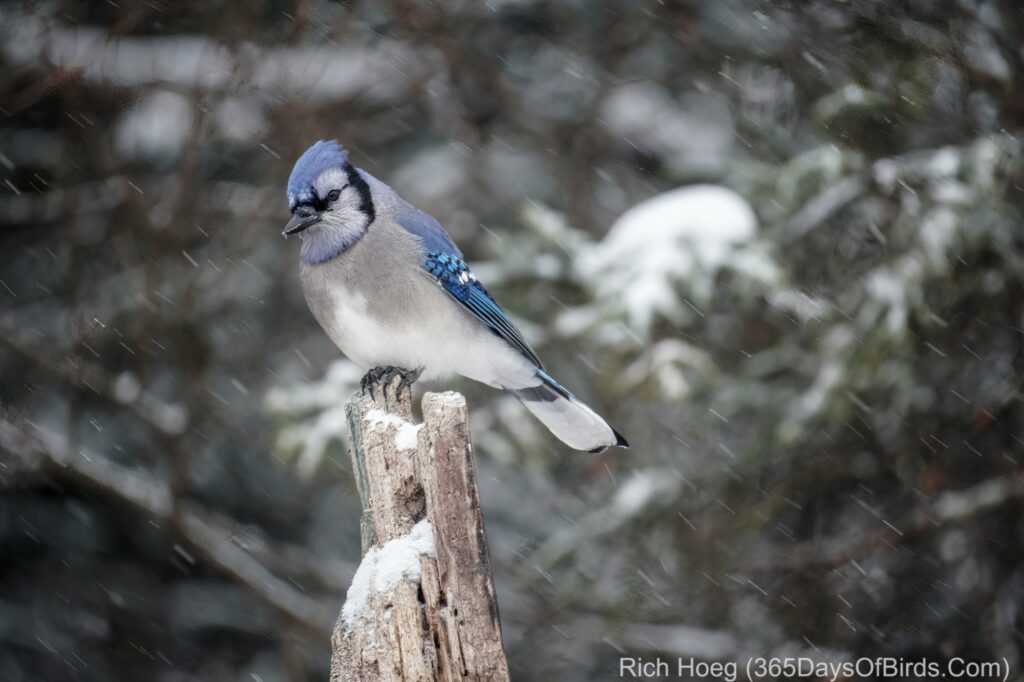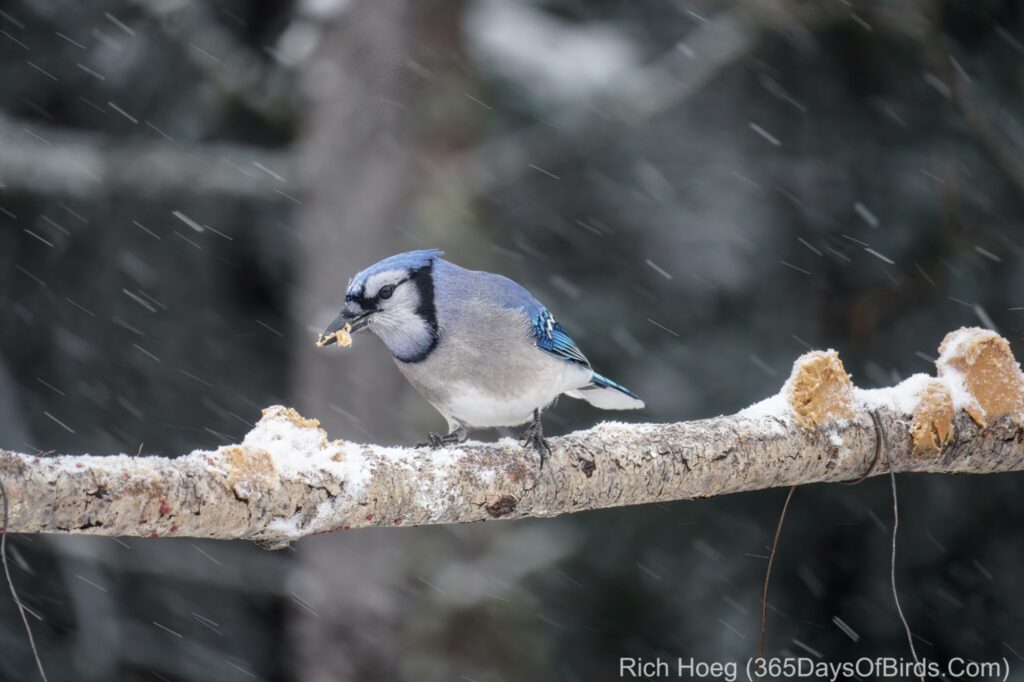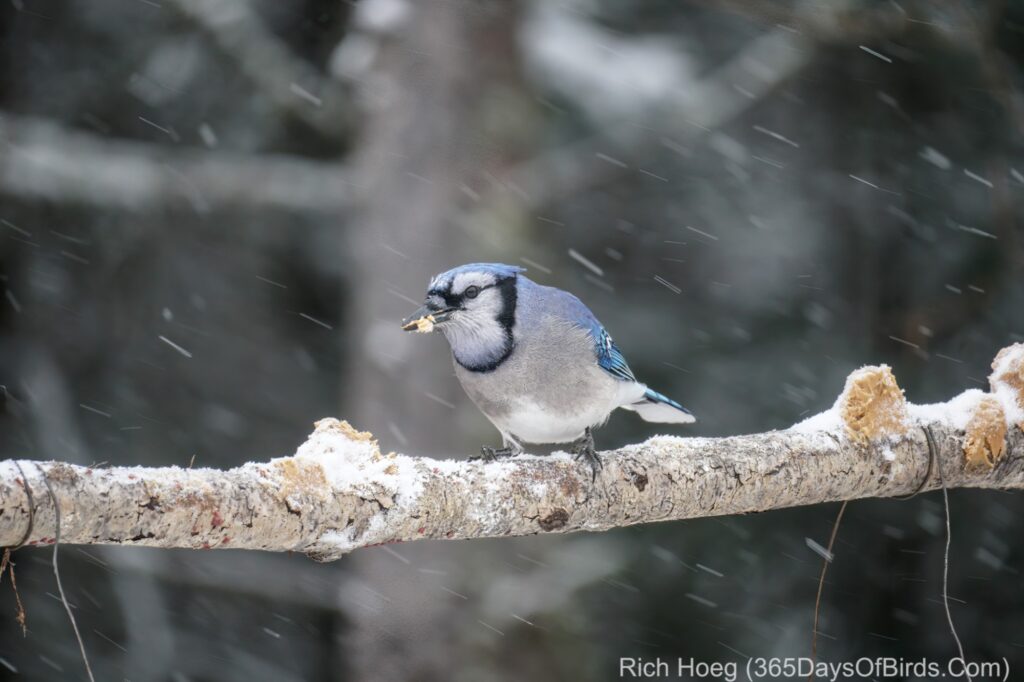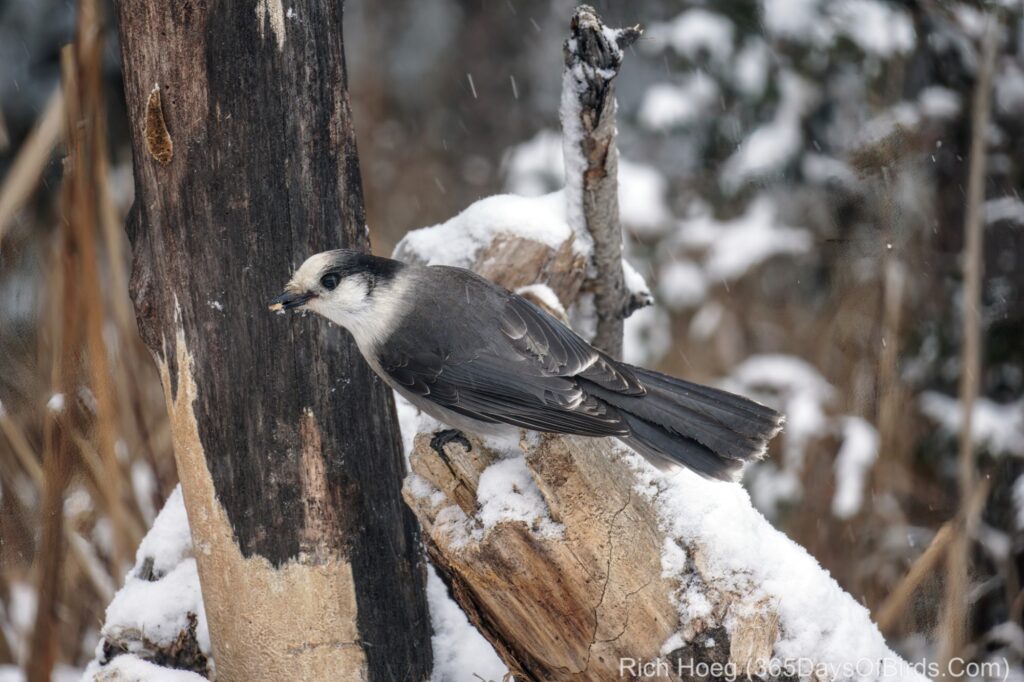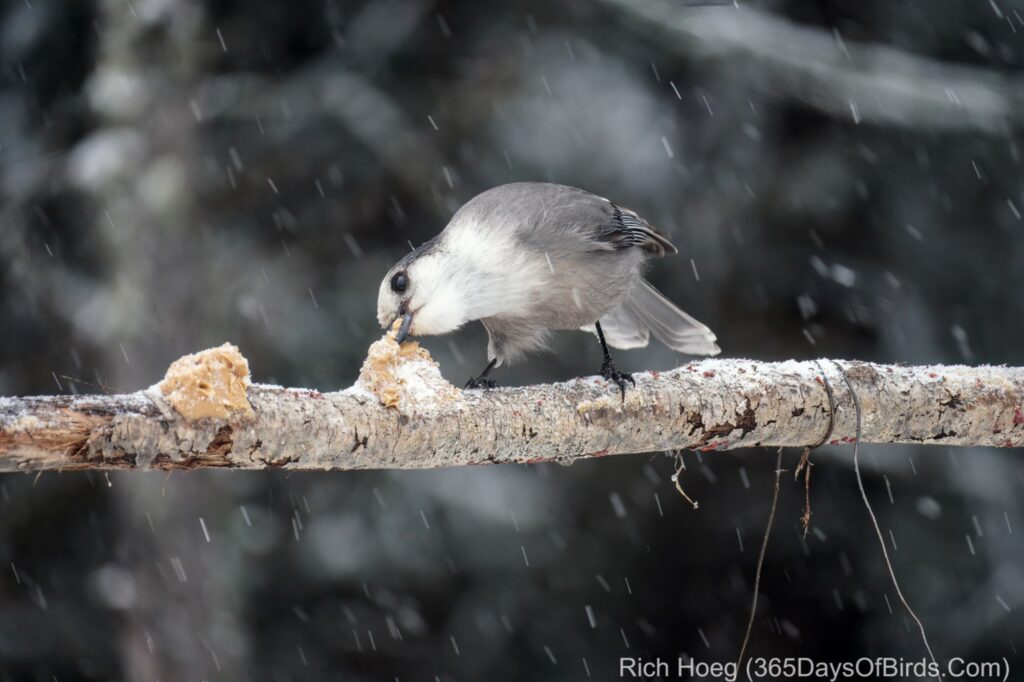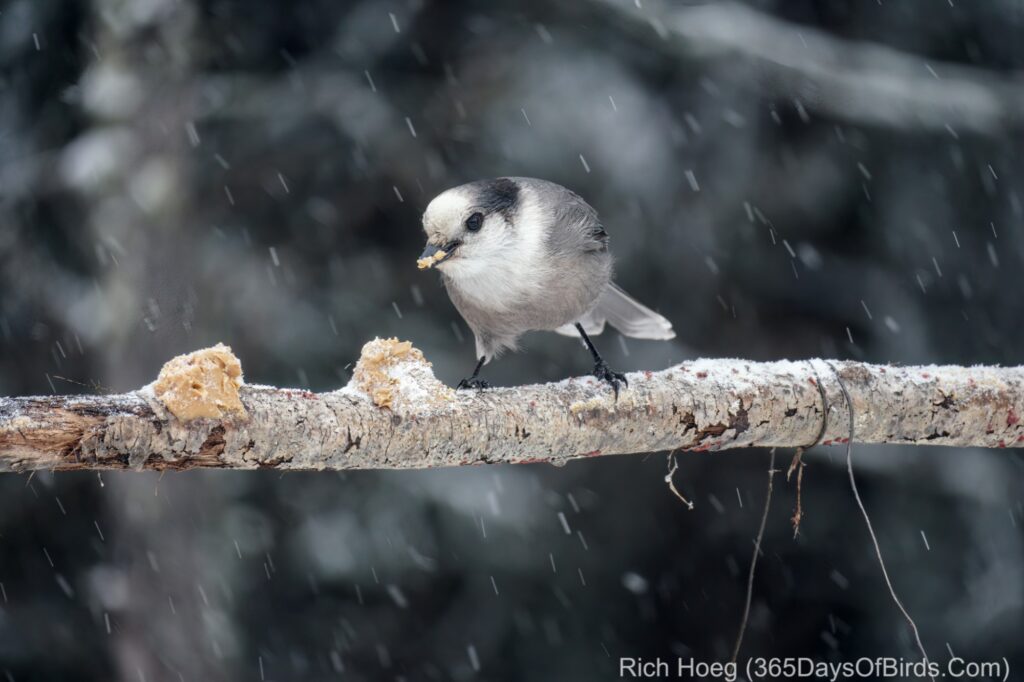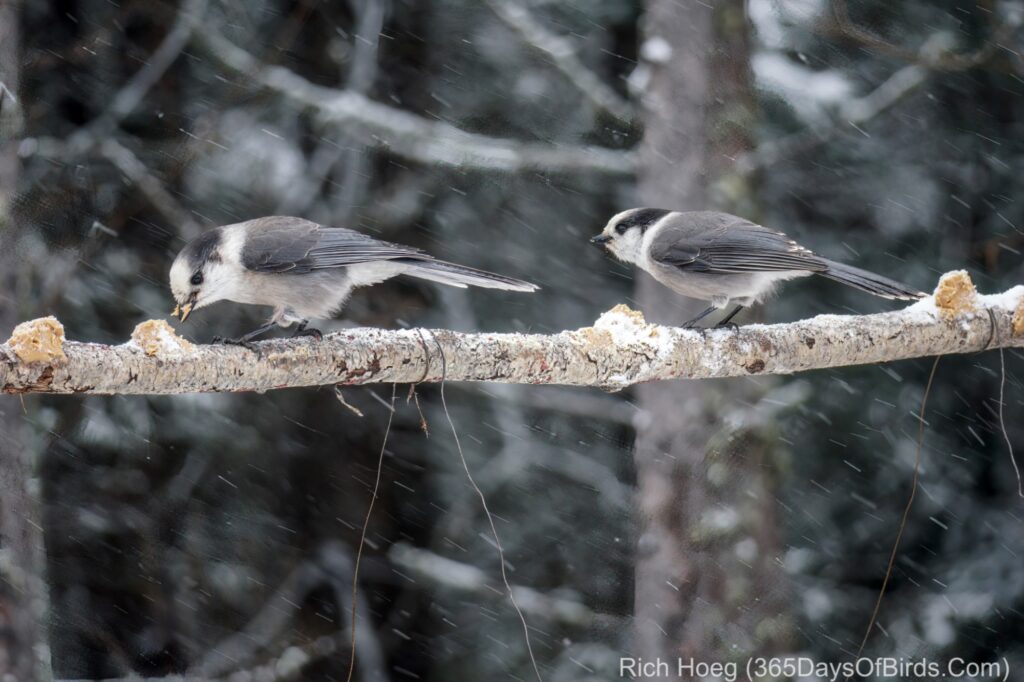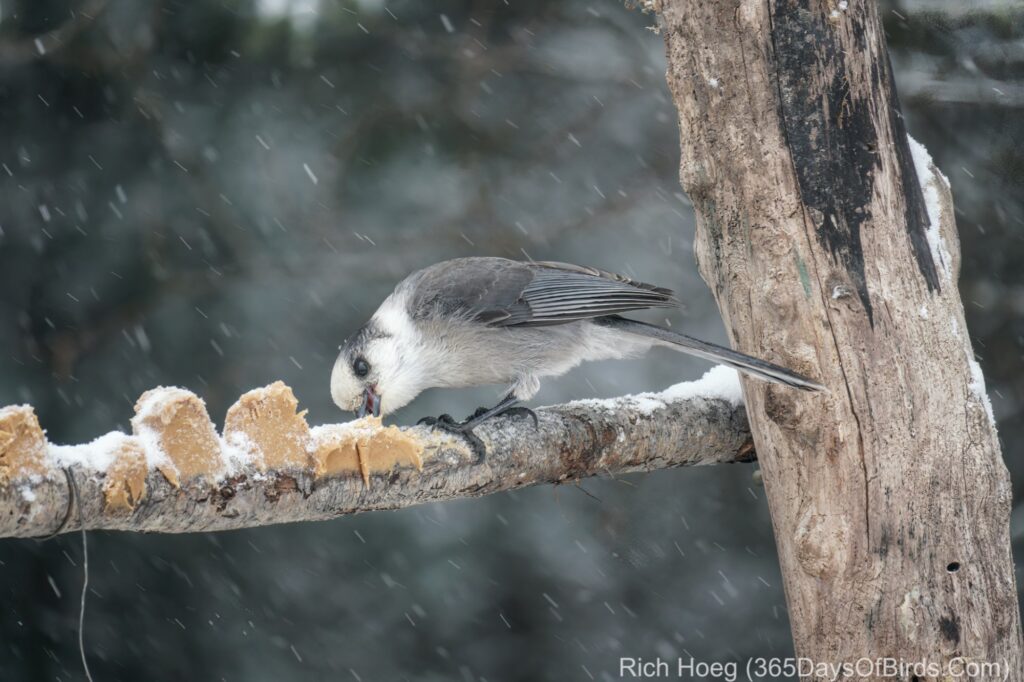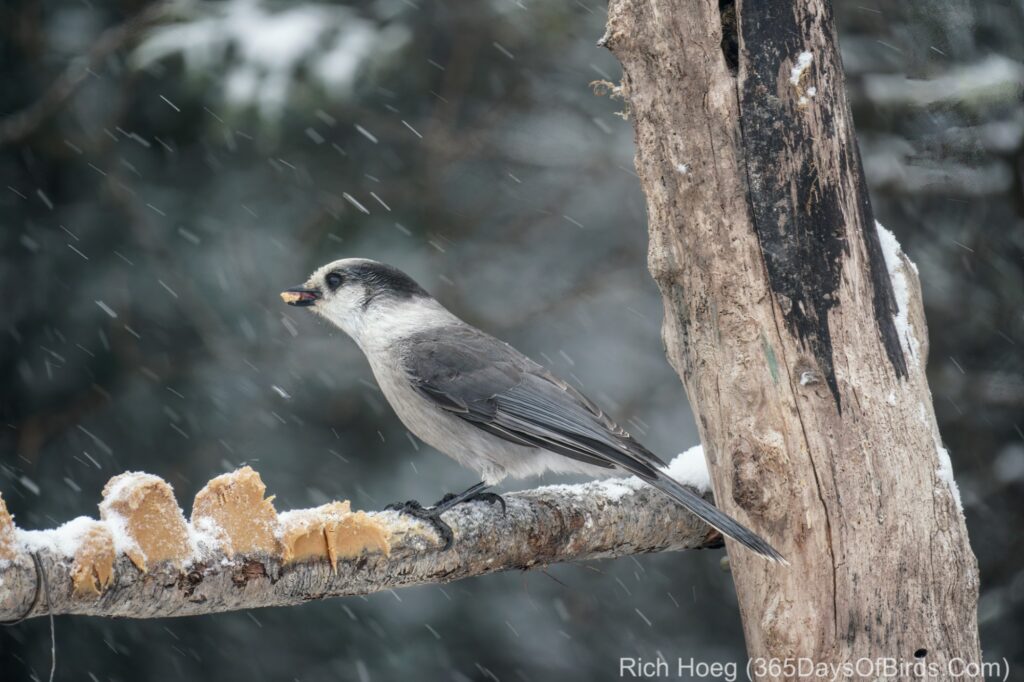Late yesterday afternoon I drove over to Sax-Zim Bog. After two nights of horrible weather with 40+ mph wind gusts, and rain the first night, I thought the Great Gray Owls would be out before sunset and hungry. After all, the prior two nights should have made successful hunting very difficult.
Apparently one of the local Bog owls was in tune with me, but it wasn’t a Great Gray. Shortly before sunset I found this Great Horned Owl starting its evening hunt. I got all excited because if the owl would only hold still for about five minutes (often happens), I would be able to work my way through the forest and get the bird lined up with the essentially full moon … orange given the early hour. Not!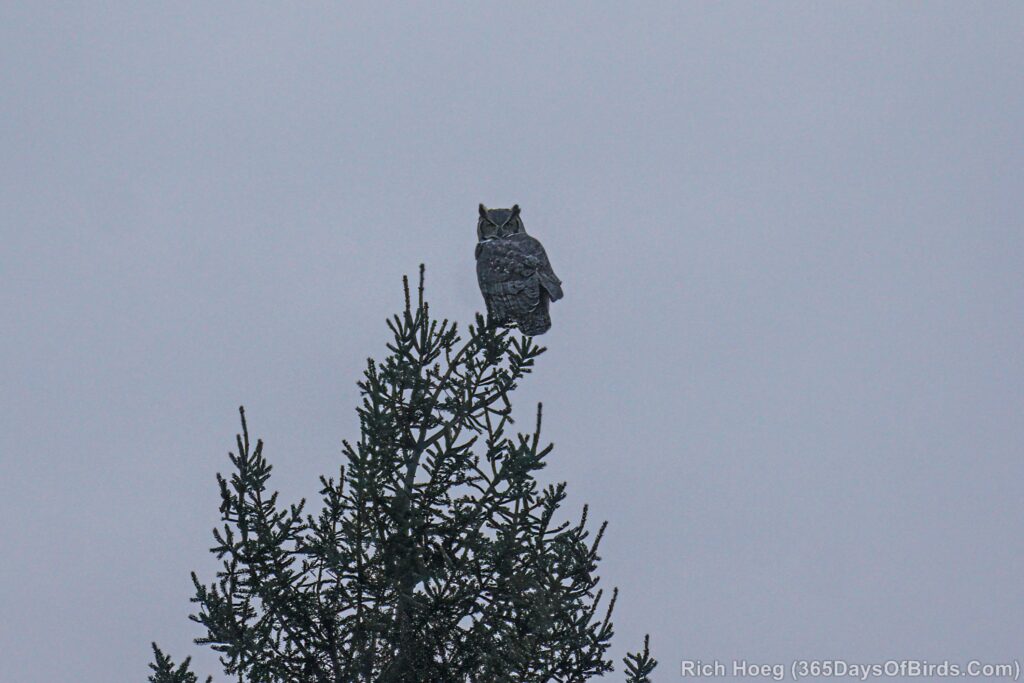
My other failure this week was not finding Boreal Chickadees at Stoney Point on Sunday. Apparently these little guys are erupting southward this season, but I could only find Black-Caps in the early morning light.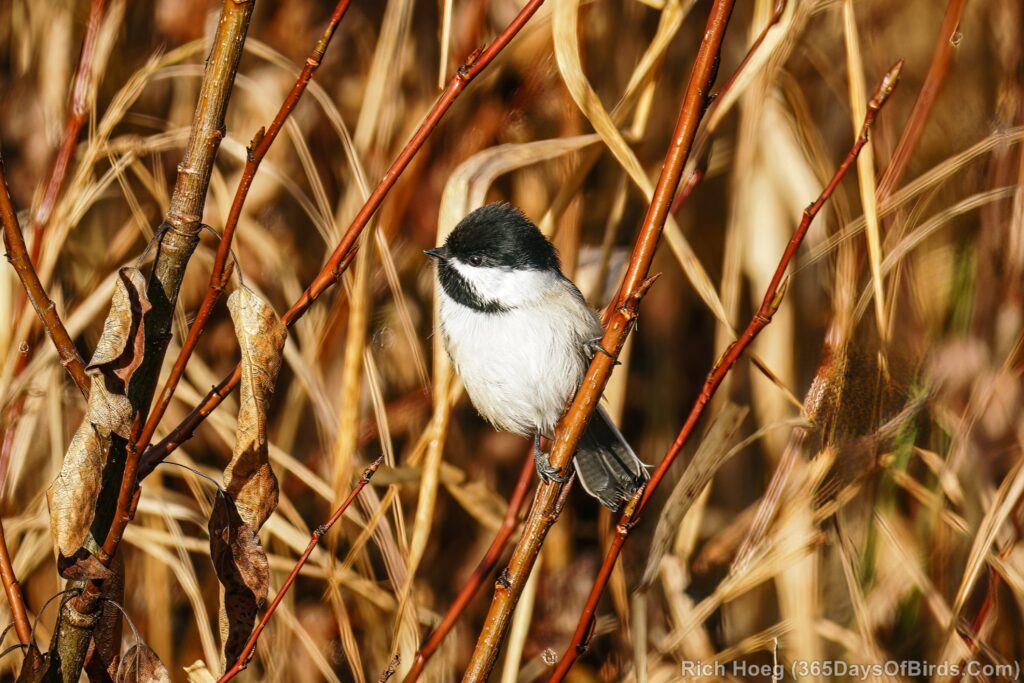
Flinally, be aware there is a winter storm watch for the Northland starting Thursday. Thus, many of the backroads could become very difficult, if not impossible for driving. Remember, if you find a dirt road plowed, there is a very strong possibility of logging taking place in the near vicinity. Logging trucks do NOT backup. These roads are single laned, and you should be prepared to back up your car a looonnnng ways.
My presentation about birding in Sax-Zim Bog and Northeastern Minnesota is ready for my two Chicago area talks later this week. Here is the link. I would be happy to present for other birding organizations. While my time is donated, I do expect the sponsoring organization to cover my expenses.
